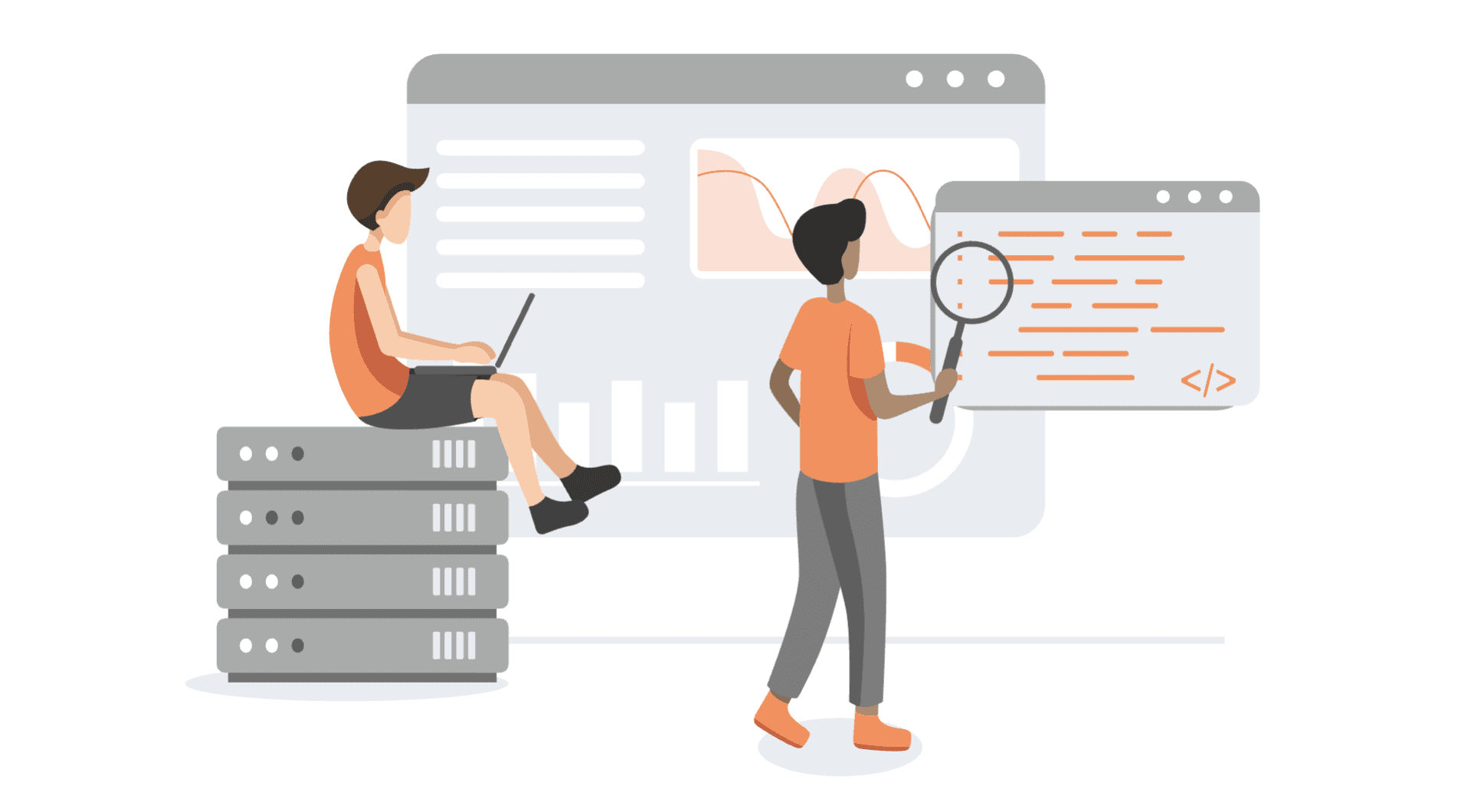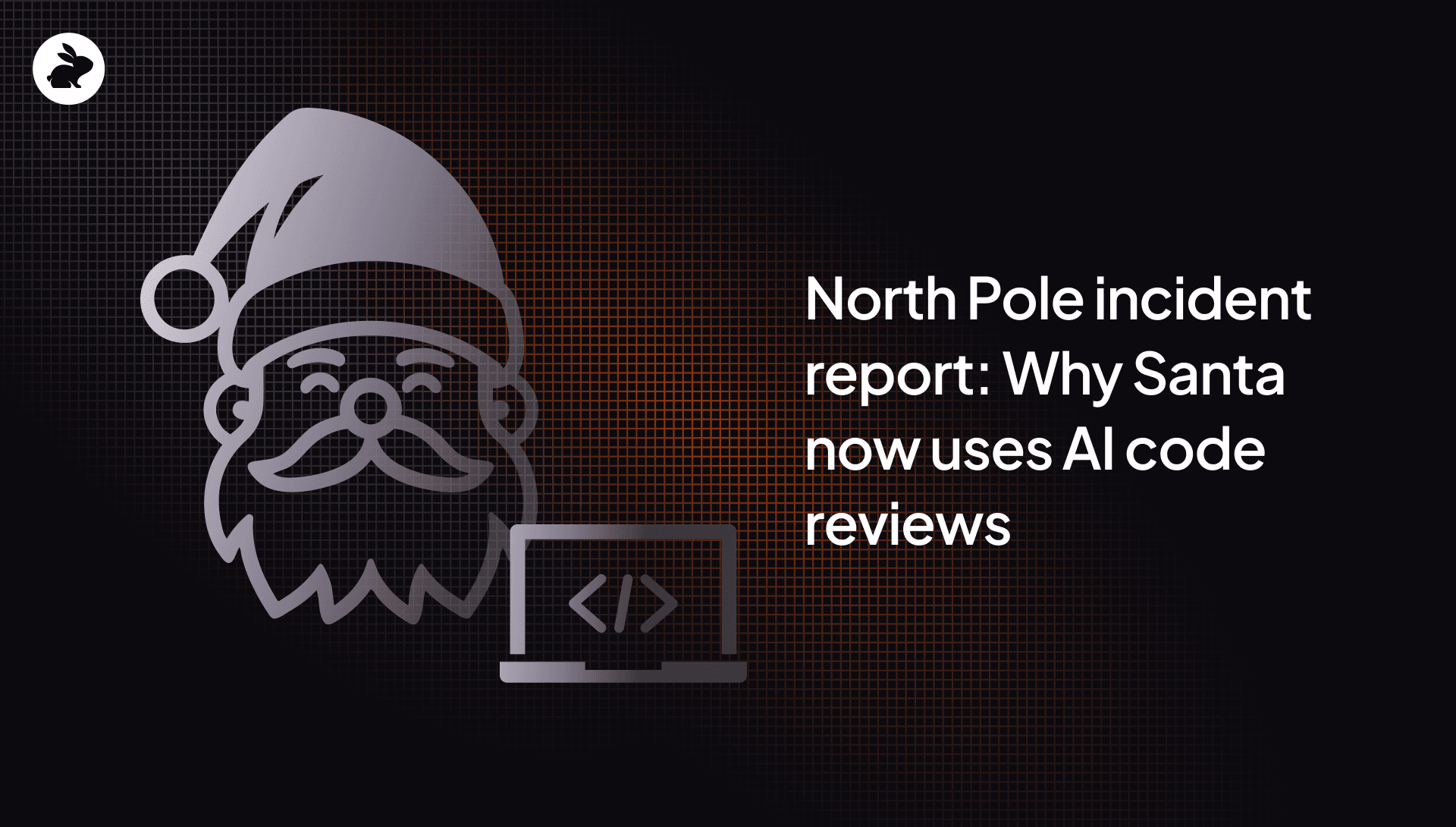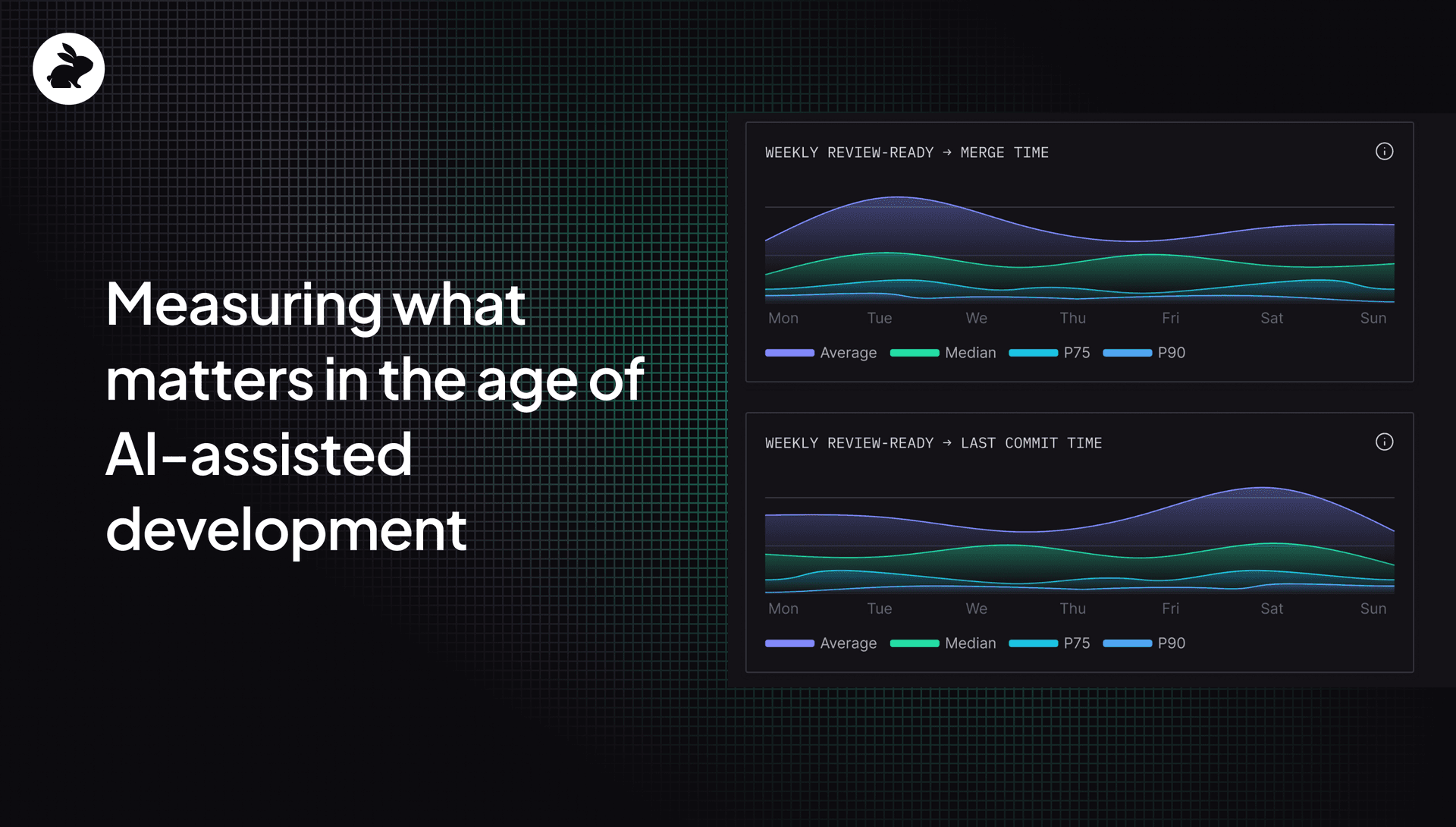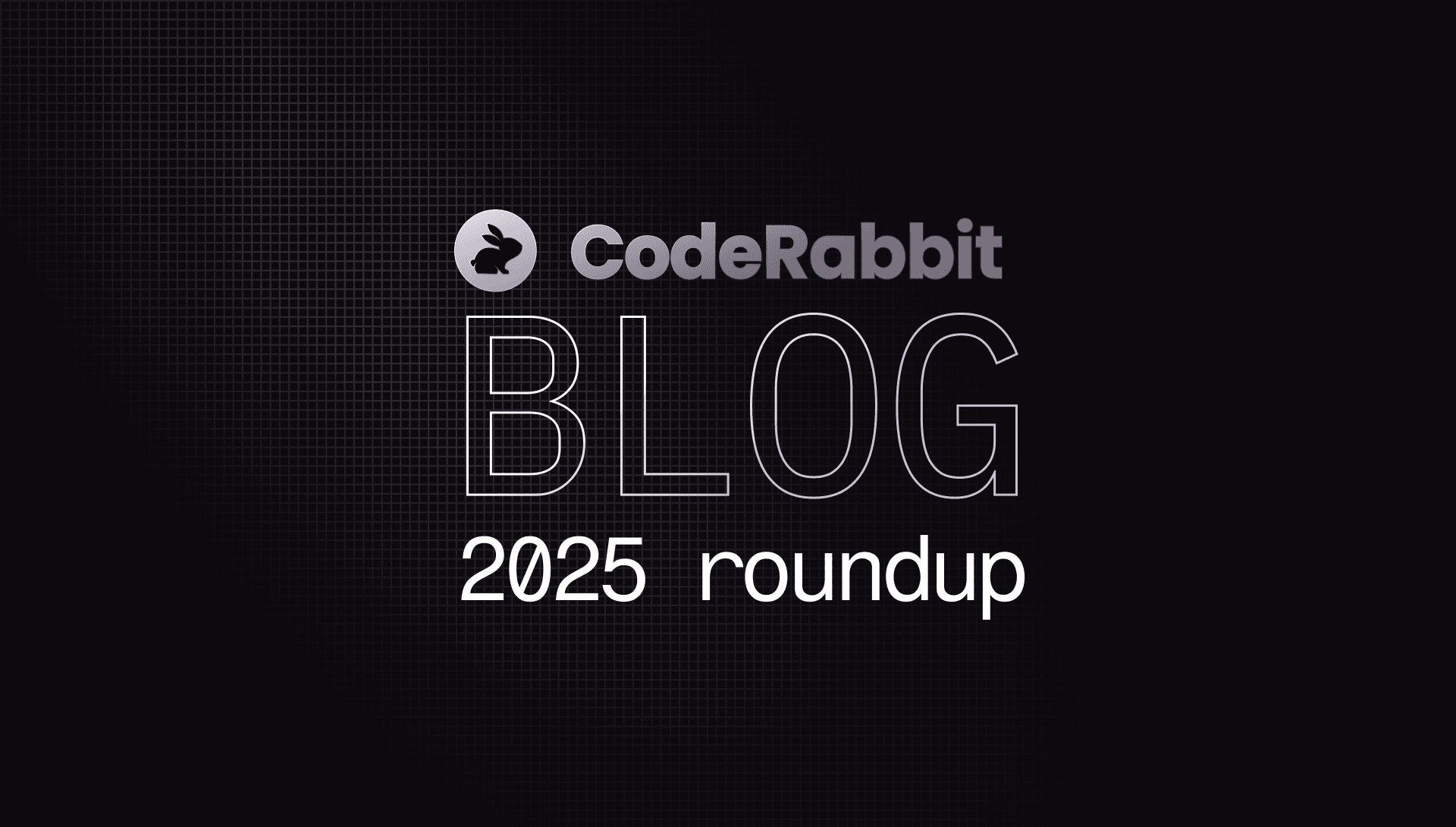
How to Use an AI Code Reviewer on GitHub in 4 Examples
by 

Aravind Putrevu
Product
English
May 27, 2024
7 min read
May 27, 2024
7 min read
- High-level PR summaries and expert code walkthroughs in an instant
- Collaborative, interactive PR code reviews and issue tracking in real time
- Open-minded, long-term learning
- Easily maintain project standards and requirements
- Impact of AI on OSS project maintenance
- How to use an AI code reviewer in your OSS projects

Cut code review time & bugs by 50%
Most installed AI app on GitHub and GitLab
Free 14-day trial









